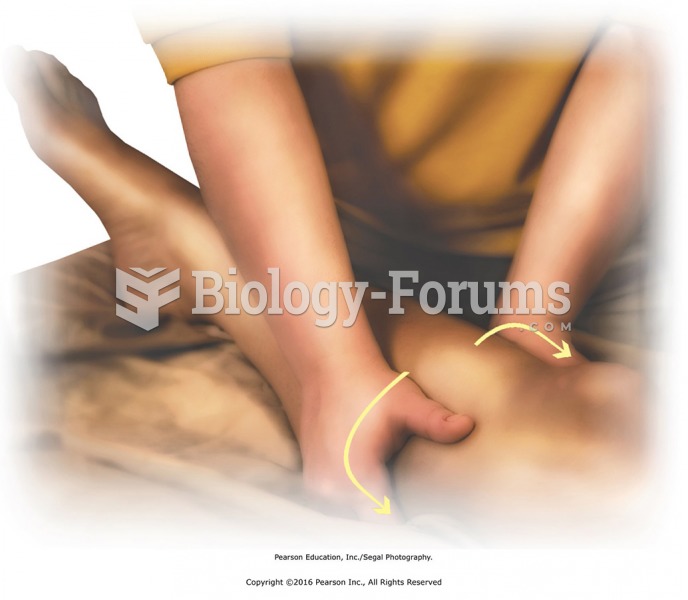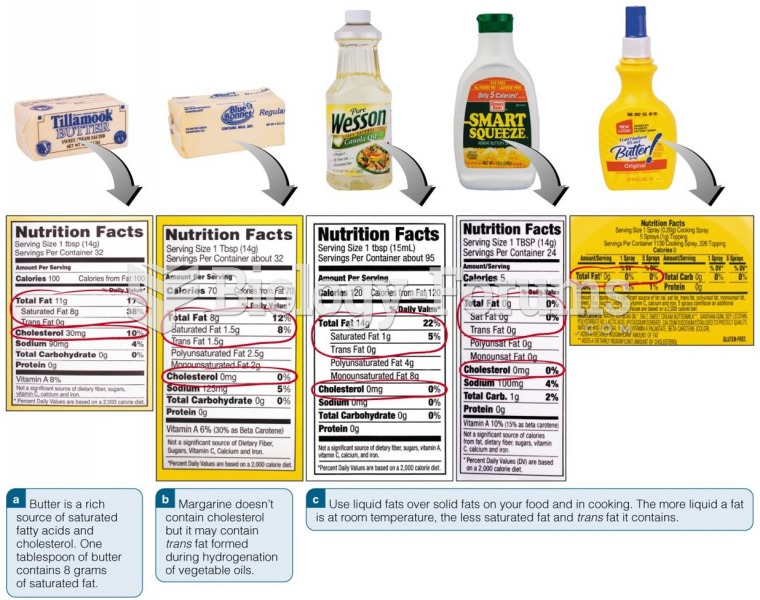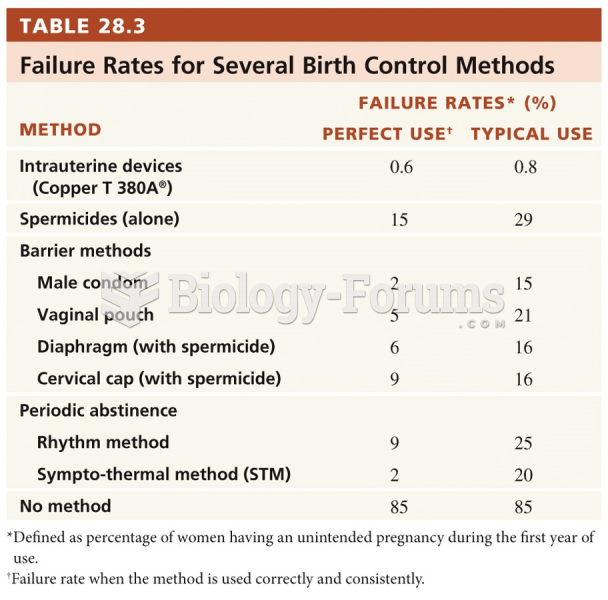Answer to Question 1
A
Answer to Question 2
Consumers in different national markets often demand products that reflect their unique tastes and preferences. Cultural, political, legal, and economic environments have a great deal to do with the preferences of both consumers and industrial buyers worldwide. A culture's aesthetics involves, among other things, preferences for certain colors. Ohio-based Rubbermaid discovered the role of aesthetics as it attempted to increase its international sales. Consumers in the United States prefer household products in neutral blues or almond; in southern Europe, red is the preferred color. The Dutch want white. In addition, many European cultures perceive plastic products as inferior and want tight lids on metal wastebaskets as opposed to U.S.-style plastic versions with open tops.
But certain products do appeal to practically all cultures. Although it is not a traditional Asian drink, red wine is sweeping Asian markets such as Hong Kong, Singapore, Taiwan, and Thailand.
Product standardization is more likely when nations share the same level of economic development. In years past, consumers in India faced limited options when it came to purchasing automobiles. Most were made in India, were expensive, and were not fuel-efficient. Thanks to steady economic progress over the past two decades, Indian consumers have a better standard of living and more discretionary income. Being able to afford an imported brand-name automobile with a global reputation, such as Suzuki or Ford is more commonplace in Indian cities than it was years ago.
Cultural differences do have an impact on product strategies. Companies adapt their products to suit local buyers' product preferences that are rooted in culture. Hagen-Dazs is an international company that prides itself on its capability to identify the taste preferences of consumers in target markets. It then modifies its base product with just the right flavor to make a product that satisfies consumers' needs. Following years of trial and error developing secret formulas and conducting taste tests, Hagen-Dazs finally launched its green-tea flavor ice cream throughout Japan. The taste is that of macha teaan elite strain of green tea that's been used in elaborate Japanese ceremonies for centuries. Green-tea ice cream was an instant hit and one day may even surpass Hagen-Dazs' perennial flavor champion in Japanvanilla.
Not all companies need to modify their product to the culture; instead, they may need to identify a different cultural need that it satisfies. Altoids, for example, is a British product that has been used for 200 years to soothe upset stomachs. But the company identified a different use for its product in the United States. Because of its strong flavor, Altoids is sold in the U.S. market as a breath mint and has pushed aside weaker-flavored candies.







